A Pioneer in Many Fields, Commemorating the 100th Birthday of Georg H Endress
January 8, 2024
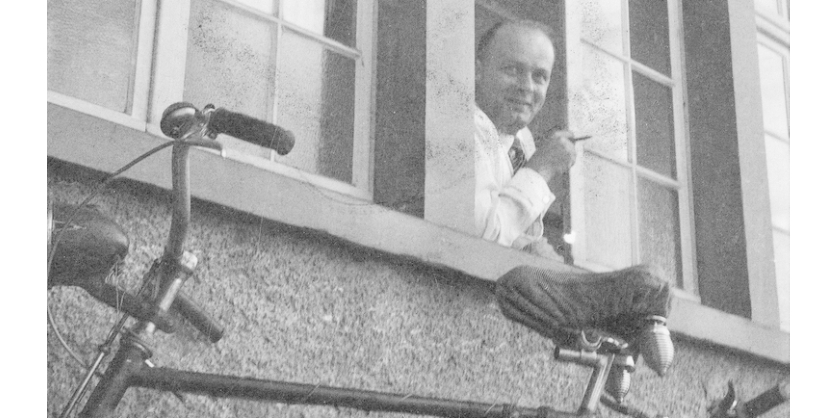
Throughout his life, Dr Georg H Endress took the initiative and moved things forward. The core of his work was the development of the Endress+Hauser Group, which he shaped from humble beginnings into an international player. 9 January marks what would have been the entrepreneur’s 100th birthday. His legacy is still visible today – in the family business and far beyond.
Why did he become an entrepreneur? Georg H Endress had two answers to this question. The official one was: “I wanted to prove to myself, my family and the world that I could turn an idea into a success.” He usually followed up with the unofficial one: “When our fifth child was on the way, my wife asked me to do something – so I became an entrepreneur.”
But first things first… Georg Herbert Endress was born on 9 January 1924 in Freiburg, Germany, where his father ran a factory for industrial gases. He was educated in Zagreb, Croatia, where his father later worked as general manager. Georg H Endress attended secondary school in Basel. The family had moved there due to the troubled political situation in Europe when his father was transferred to Paris.
Endress completed an apprenticeship as a mechanic and then worked for various companies in Switzerland. At the same time, he attended evening classes at technical college. But after five semesters, this came to an end: his father no longer supported him because, in his opinion, his son wanted to start a family too early. Georg H Endress had met Alice Vogt during his military service in Ticino. The couple married in 1946 and the first of eight children was born in 1947.
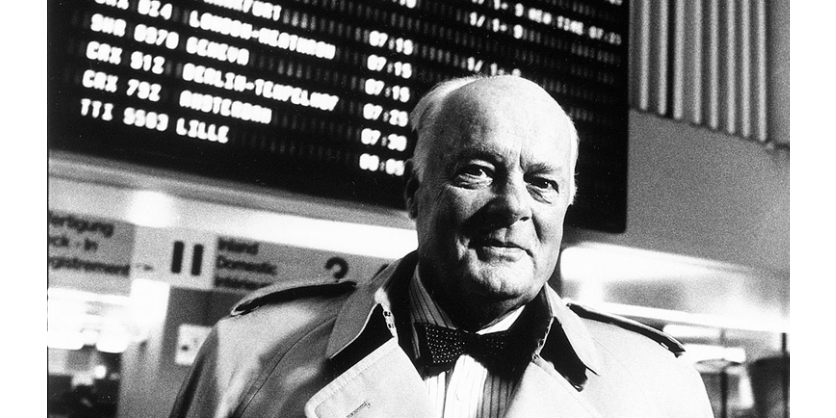
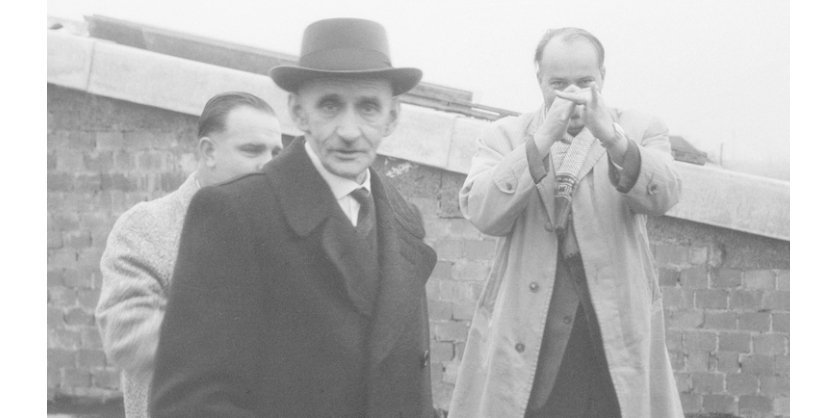
At that time, Georg H Endress was working for his father. He was selling British-made capacitive moisture meters to the textile industry around Basel. The young engineer had returned from a visit to the manufacturer of these devices, Fielden Electronics, with a new type of level measuring device in his luggage and the plan to sell them in Germany from then on.
Safely through the turbulent early years
As a Swiss citizen, Endress needed a German partner for his project. The 29-year-old found his counterpart in Ludwig Hauser (58), manager of a small cooperative bank. On 1 February 1953, L Hauser KG was entered in the commercial register ‘for the sale of Fielden-Endres electronic devices’ (including the spelling mistake). The company was named after Hauser’s wife Luise, who was also the company’s first shareholder with a stake of 2,000 deutsche marks.
Development was rapid right from the start. In 1955, the engineer applied for his first patent, and in 1956 the young company started its first in-house production in rented premises. The work soon spread across several buildings – a mechanical workshop, electronics production, dispatch and offices – which the employees affectionately and mockingly referred to as the ‘United Hut Works’.
Foresight and prudence formed the basis for success. While Georg H Endress developed the business with a keen sense of the market and customers, Ludwig Hauser kept an eye on the finances. Many of the principles that Endress+Hauser still adheres to today were already taking shape at that time.
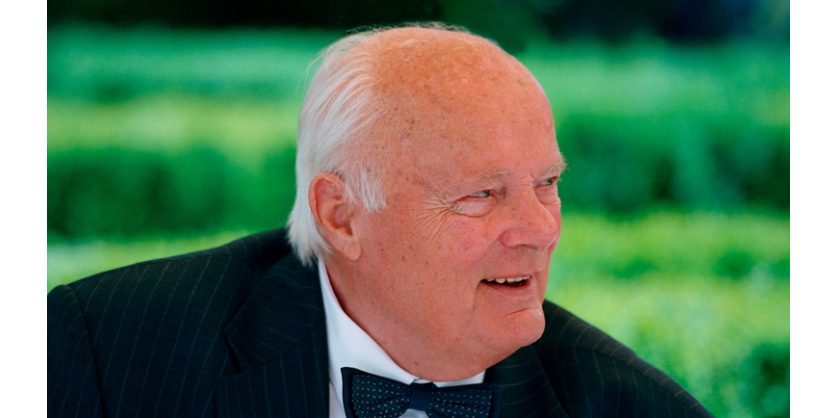
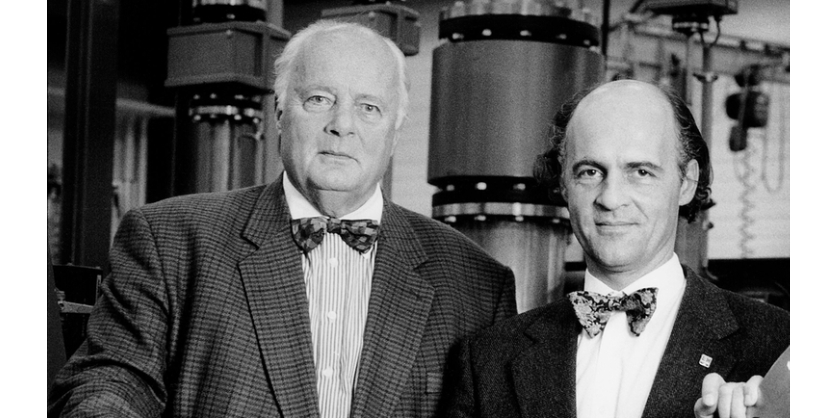
Georg H Endress expanded his business step by step according to the ‘dough roll-out method’ in order to reduce dependence on individual technologies, industries and regions. A strong focus on customers was also in the company’s DNA from the very beginning.
The small start-up became an ever-larger player. This was possible because Georg H Endress knew how to inspire people for his projects who were better than he was in their fields. GHE, as he was known internally, was a boss with rough edges: “Popularity is not my cup of tea,” he once said. “I’d much rather hear someone tell me that I have a good company and excellent employees than someone patting me on the back and saying I’m great.”
Overcoming boundaries and broadening horizons
Endress always attached great importance to training and further education. He made Endress+Hauser a model company for this. He launched the trinational apprenticeship program in the Basel region, initiated the trinational engineering degree program and was committed to cross-border cooperation. He was active in the German business association WVIB and in the Upper Rhine regional association, and he also supported the BioValley initiative, a network in the field of life sciences.
When he handed over the management of the Group to his son Klaus in 1995, the company had 4,300 employees worldwide and a turnover of 680 million Swiss francs.
Georg H Endress received many awards for his entrepreneurial achievements and his social commitment – including the German Federal Cross of Merit with Ribbon and an appointment as French Chevalier dans l’Ordre National de la Légion d’Honneur, an honorary doctorate from the University of Basel and honorary senatorship of the Albert-Ludwigs-Universität Freiburg.
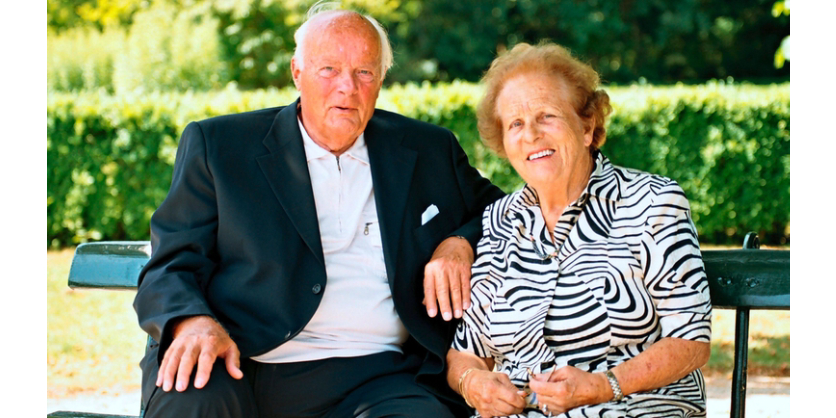
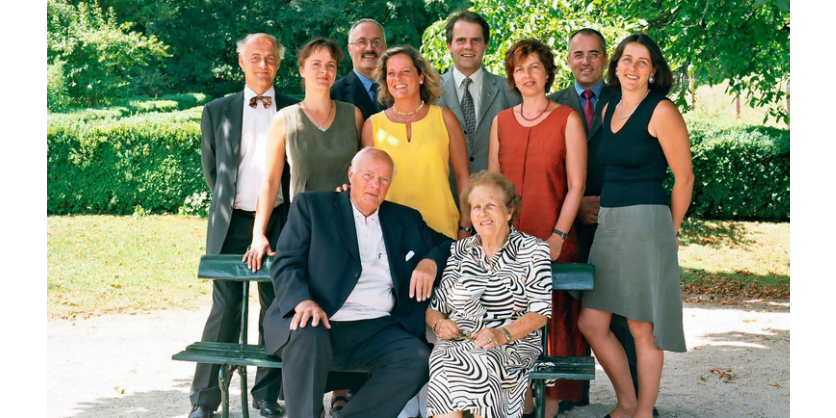
Georg H Endress died after a short illness on 14 December 2008, a few weeks before his 85th birthday. However, his legacy remains visible, his work alive in many ways: in the company, which is now a leader in process measurement technology, in his large family that now has more than 75 members, through the Georg H Endress Foundation, which is involved in education and research, and in the many people he influenced and who still remember him today.
Related Story
Change at Endress+Hauser
Endress+Hauser has completed the announced change at the top of the Group: Dr Peter Selders has taken over as CEO of the Swiss specialist for measurement technology and automation solutions. The 54-year-old holds a doctorate in physics, has been with the company since 2004 and was previously managing director of the competence center for level and pressure measurement technology based in Maulburg, Germany. He is only the fourth CEO in the Group’s 70-year history.



